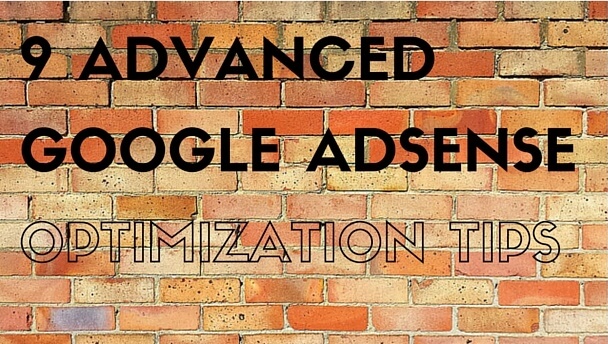Great Advertising Is Both Local and Global
Great Advertising Is Both Local and Global
With increasing heterogeneity in every market and global exposure just one tweet away, all brands, even local ones, must begin to think globally or suffer the consequences. In 2008, Fiat used Richard Gere as a spokesman in an Italian ad campaign. Though the ad never aired in China, the use of Gere, a pro-Tibet activist, outraged Chinese consumers and caused Fiat to lose traction in the booming Chinese auto market. There are many examples of global advertising concepts getting lost in translation, but today the stakes are higher than ever; a poorly conceived ad in one market can damage the entire brand.
It’s hard to create relevant and timely global advertising themes, positioning, and stories that reinforce the brand, appeal to consumers around the world, and can be creatively delivered through all touch points. Global brand advertising can rarely reflect the idiosyncratic characteristics of every market, but the alternative — locally designed advertising — often sacrifices a consistent global message and misses out on economies of scale. One solution to this tension is to pursue what we call glocal advertising strategy — locally adapting a universally embraced core idea that will resonate in any market anywhere in the world.
This strategy rests on three pillars: 1) a global concept that addresses a universal human motivation; 2) a unified brand vision with creative delivery that respects local nuances and empowered consumers in each locale; 3) an organizational architecture, including culture, technological platform, and dedicated resources, that emphasizes and facilitates dynamic and effective collaboration between the developers of global strategy and local strategists and implementers. Below we examine two campaigns from companies that have effectively applied these interrelated principles.
By getting the glocal model right, Johnnie Walker reversed a continuing decline and more than doubled its global business in ten years. Successful global advertising concepts, as demonstrated by the EffectiveBrands consultancy’s Leading Global Brands project, start with a simple but powerful idea: they address a universal human motivation that crosses cultures. At the highest level are motivations like a desire to be healthy and safe, attain an education, provide well for one’s children, and achieve one’s aspirations. Next, they find a positioning that goes beyond describing product attributes to address the motivation. Johnnie Walker started with the understanding that men around the world, regardless of culture or country of origin, seek to advance in their lives. This universal human motivation unlocked both a global positioning — specifically, “inspiring men to progress” — and an advertising expression of this, “Keep Walking.”
From the outset this campaign was both global and local. For example, the initial print and poster elements of the campaign featured inspirational quotes from many cultures: “A journey of a thousand miles begins with a single step” from Lao Tsu was particularly powerful in Asian cultures; Hannibal’s “We will either find a way or make one” resonated in Western cultures. There were more than 100 quotations used, many uncovered in the local markets, such as the twelve quotes in Swahili, a language not written down. Over more than 13 years, the “Keep Walking” campaign has transformed the Johnnie Walker and Scotch whisky business globally. It has spawned more than 70 TV ads, hundreds of outdoor and print ads, and numerous other adaptations across the marketing mix.
Coca-Cola has similarly embraced the glocal model. The company’s “freedom within a framework” marketing philosophy epitomizes a successful glocal mindset and organizational culture and architecture. It requires that the designers of global advertising strategy carry a creative concept most of the way to execution while regional marketers tailor the work to make it locally relevant and aligned to the different category and brand situations in different places. Importantly, the framework respects and encourages local decision-making while at the same time supporting a unified brand identity. Moreover, the organizational architecture aims to tap into the best ideas and talent, no matter where in the world they come from; this fluid process lets more innovative ideas get recognized and become the basis for a global strategy. Content management systems then enable the organization to scale ideas quickly by making content available and accessible around the world.
Glocal strategy is not only for global brands — this three-pronged approach has increasing relevance for any advertising directed at diverse consumer segments. While this is particularly true in markets such as the US, with numerous ethnic and cultural segments, consumers worldwide are becoming increasingly identifiable as what The Tanning of America author Steve Stoute calls “Omniculturals”— people who define themselves more by their lifestyles and economic and educational attainment than by their race or ethnicity (read Stoute’s contribution to the Wharton’s Advertising 2020 project here).
Glocal approaches will transform the development and delivery of advertising as more brands discover their global potential. In a contribution to the 2020 project, Garinois-Melenikiotou, CMO of Estée Lauder, suggests that by 2020, “global brands and agencies will reorganize themselves — with speed, agility, and editorial spirit — to create stories that will travel across countries without being lost in translation.” Today more than ever, brands can and must reorganize for the global stage.
Thanks to Jerry Wind, Stan Sthanunathan and Rob Malcolm.


 May 19th, 2021
May 19th, 2021




@shajupost, Please revisit your article as it appears to be copied and duplicate content. WQA does not allow copy-pasting of duplicate content. You can choose the same topic with different Headline and in your own language so that it passes the litmus test of Check Copied Content tool available on the Home Page of WebQuestionAnswers.